
The kind of devastation seen on the Gulf Coast from Hurricane Katrina may be a small taste of what is to come if emissions of the greenhouse gas carbon dioxide (CO2) are not diminished soon, warns Dr. Ken Caldeira of the Carnegie Institution

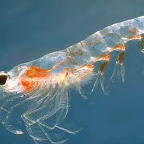 Tiny creatures gorge, get fat, and help fight global warming
Tiny creatures gorge, get fat, and help fight global warming
A tiny, obscure animal often sold as aquarium food has been quietly protecting our planet from global warming by undert...
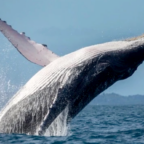 Oceans cannot become 'wild west', warns UN chief
Oceans cannot become 'wild west', warns UN chief
Unregulated mining in the deep sea should not be allowed to go ahead, the head of the United Nations has warned...
 Smaller clownfish sound alarm on ocean heat
Smaller clownfish sound alarm on ocean heat
Fish similar to those made famous by the movie Finding Nemo are shrinking to cope with marine heatwaves, a study has fo...
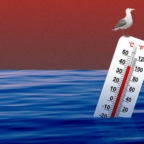 Oceans should play a bigger role in COP30
Oceans should play a bigger role in COP30
Before the 30th United Nations Climate Change Conference (COP30) attracts the world’s attention in November in Belém, i...
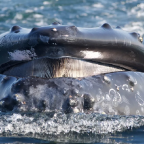 The Great Whale Conveyor Belt
The Great Whale Conveyor Belt
Whale carcasses sinking to the ocean floor bring a buffet of nutrients to the deep sea...
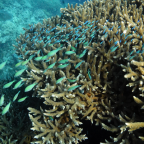 Australia's subtropical reefs hit hard in unprecedented global bleaching event
Australia's subtropical reefs hit hard in unprecedented global bleaching event
Australia’s coral reefs, including the lesser-known subtropical systems, are hit hard as the world faces its fourth, an...
 How the political consensus on climate change has shattered
How the political consensus on climate change has shattered
When the UK became the first major economy in the world to commit to reducing its carbon emissions to net zero by 2050,...
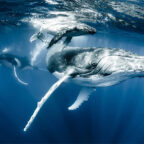 Whale Pee Transports Nutrients Across Thousands of Miles
Whale Pee Transports Nutrients Across Thousands of Miles
Great rivers of whale pee make a remarkable contribution to Earth’s cycling of nutrients, a new study reveals...
September 22, 2005 Posted in News

The kind of devastation seen on the Gulf Coast from Hurricane Katrina may be a small taste of what is to come if emissions of the greenhouse gas carbon dioxide (CO2) are not diminished soon, warns Dr. Ken Caldeira of the Carnegie Institution
 Tiny creatures gorge, get fat, and help fight global warming
Tiny creatures gorge, get fat, and help fight global warming
A tiny, obscure animal often sold as aquarium food has been quietly protecting our planet from global warming by undertaking an epic migration, accor...
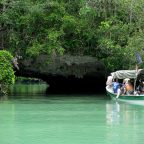 Daroyen Village
Daroyen Village Daroyen village compared to other Raja Ampat islands is a less populated area situated on a little island of Betew by Gam...
Social Profiles